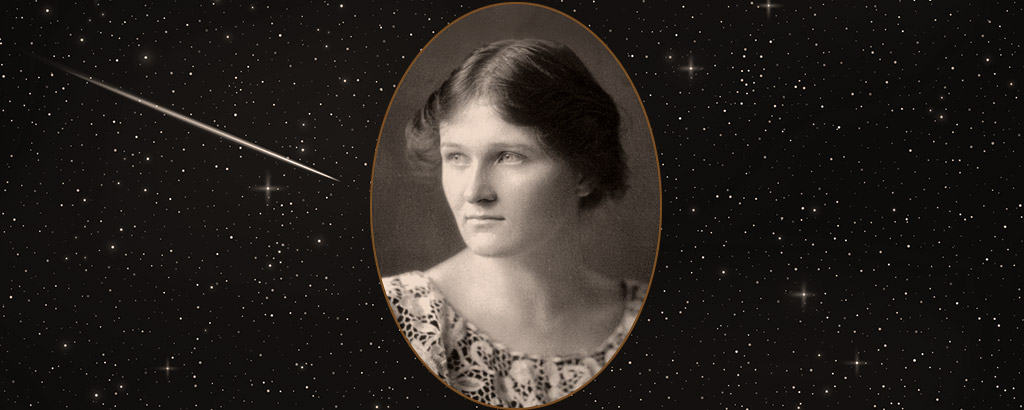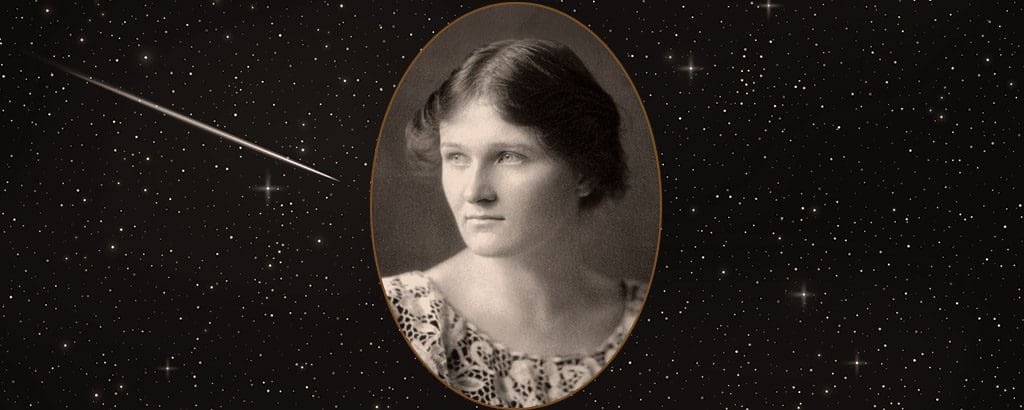
Although robbed of the credit for her greatest astronomical accomplishment and subjected to nonstop gender discrimination during the rest of her academic career, Cecelia Payne was finally recognized as “the greatest female astronomer in history.” This Wednesday’s Woman’s story is one of brilliance, tenacity and extraordinary scientific achievement in the face of persistent obstructions.
The British-born scholar of the skies was born at a time when scientists believed the sun, the stars and planet Earth were all made of the same cosmic stuff. But in 1925, as a university student in the U.S., astronomer Cecelia Payne had the nerve to tell them they were wrong — and prove it.
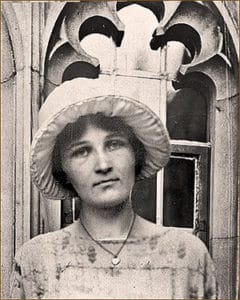
She received her early education in turn-of-the-century London religious and private schools before winning a scholarship to Newnham College at Cambridge University in 1919.
From plants to planets
There, she had every intention of studying botany. But after scoring one of just four tickets assigned to Newnham for a lecture by Cambridge Observatory’s renowned director, Payne was so taken by the passion he showed for his work she abandoned the life of plants to study physics and astronomy.
She completed her studies at Cambridge even though, at the time, the school didn’t grant degrees to women; she was even elected a Fellow of the Royal Astronomical Society in 1922. But with women excluded from the old-boy circle of British astronomy, Payne realized if she wanted to pursue a career in her field she had to move to America. Setting her sights on the Harvard College Observatory, she secured funding for her trip — including a cash prize for her essay on the Greek texts of the Christian Gospels which she used to buy a traveling wardrobe.
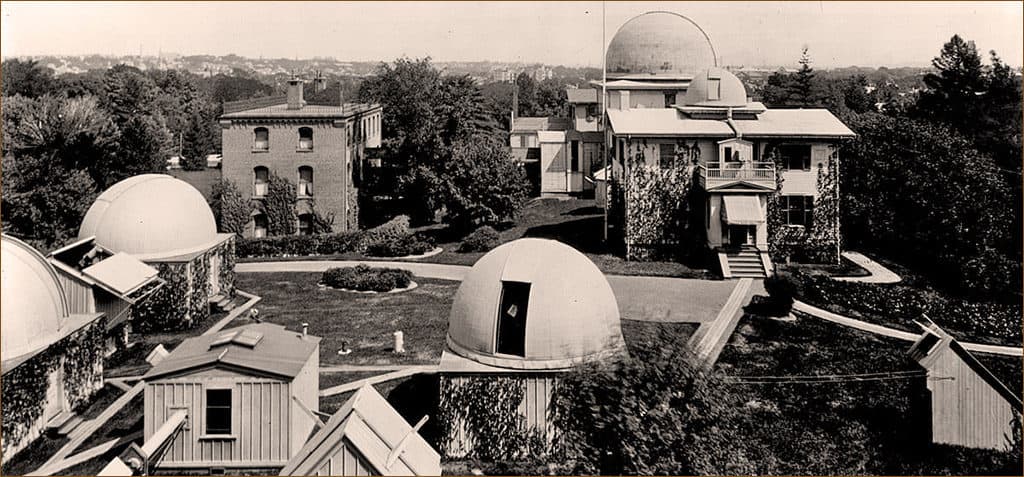
In 1923 Payne left England for Harvard, where she applied for and won a fellowship to pursue research at the observatory. In 1925, she became the first person to earn a doctorate at Radcliffe College in the field of astronomy for graduate work done at the Harvard College Observatory. By way of explanation, these were the days when Harvard refused to accept female students, fearing, as one professor put it, the “encroachment of women would sap the pure virility of the Harvard tradition and undermine Harvard as a school for manly character.”
Steller Atmospheres
Payne’s 1925 PhD thesis was titled Stellar Atmospheres: A contribution to the observational study of high temperature in the reversing layers of stars. Begun in 1923, it was more than 200 pages, plus five appendices. Without going into the cosmic weeds here, Payne basically proved it was possible to determine the temperature and elemental makeup of stars — that, in fact, they were composed mainly of helium and hydrogen.
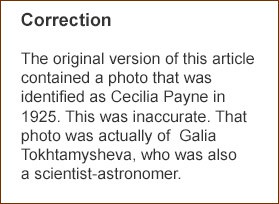
Robbed of the glory
In a nutshell, Dr. Cecelia Payne’s two years of research, resulting in over 200 pages and five appendices of painstaking work and their startling results were ignored until more evidence was brought forward by male scientists, robbing her of her moment of glory. Astronomers would eventually recognize her work, calling it “undoubtedly the most brilliant PhD thesis ever written in astronomy.”
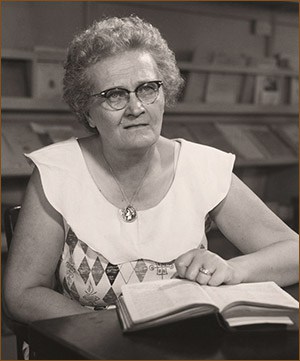
But her field remained very much an old-boys club, with Payne relegated to performing lesser, lower-paid duties as a technical assistant at Harvard. It was not until 1938 that the school permitted her to use the title of “astronomer.” Sixteen years later she became the first woman promoted to full-professor in the Faculty of Arts and Sciences, and, later, the first female chair of Harvard University’s Astronomy Department.
Payne retired from teaching in 1966, but continued her research as a member of the Smithsonian Astrophysical Observatory. And Henry Norris Russell? Payne gave him a cursory mention in her memoir: “I respected and feared him, but I could feel no affection for him.” Ironically, she was the first woman invited to give the Henry Norris Russell lecture at the 1977 meeting of the American Astronomical Society.
Two years later, in 1979, Dr. Cecelia Payne died of cancer in Cambridge, Massachusetts. Recognized as one of history’s greatest astronomers and the greatest female astronomer in history, she wrote or coauthored nine books and 351 papers between 1925 and 1979. Today, she is credited with paving the way for women to enter the mainstream world of astronomy, and remains an inspiration for every young woman who aspires to a career in science.
~ ~ ~


